Greenland drifting northwest by 2 cm per year, study finds
Others are reading now
Greenland drifting northwest by 2 cm per year, study finds
Greenland is shifting — and not just its ice
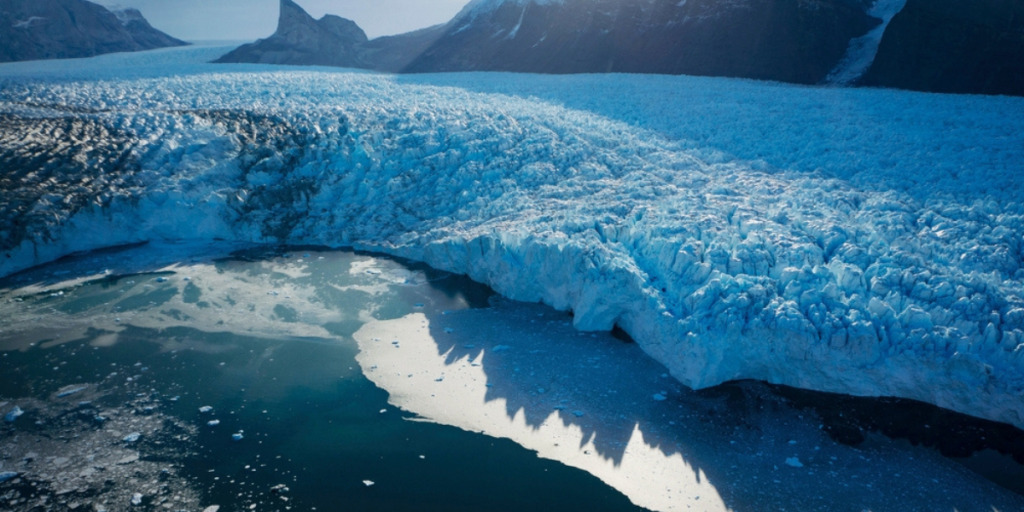
Most headlines about Greenland focus on melting glaciers and rising sea levels. But beneath the surface, something even more surprising is happening.
Scientists have now confirmed that Greenland’s land mass itself is deforming and drifting northwest — a slow-motion movement that could have serious consequences for navigation and climate science in the Arctic.
Greenland is moving 2 cm northwest every year
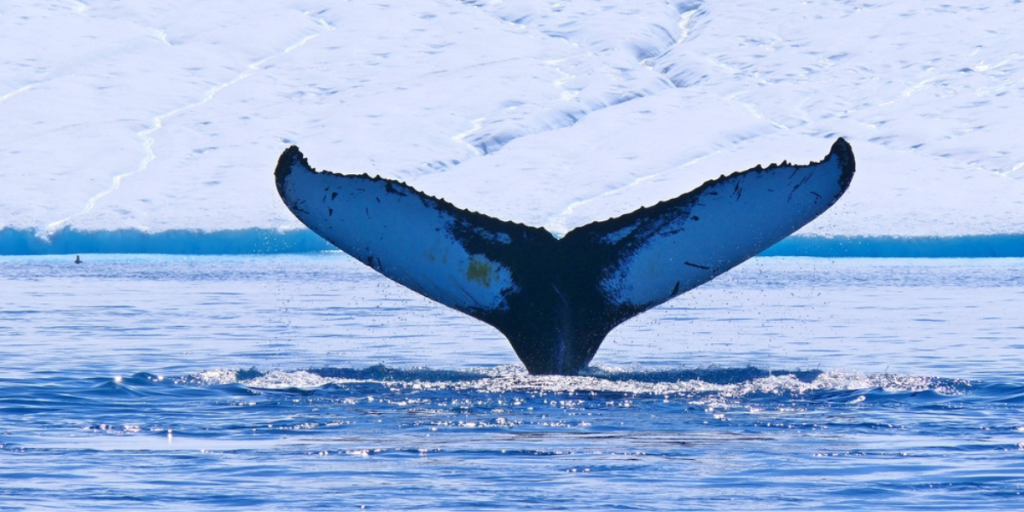
According to ScienceAlert, researchers from the Technical University of Denmark (DTU) led an international team that analyzed 20 years of GPS data from 58 sites across Greenland.
The results showed that the land mass is shifting northwest at a rate of about 2 centimeters per year — and that the island is expanding in some areas while shrinking in others reports WPtech.
Also read
The ground itself is rising and warping
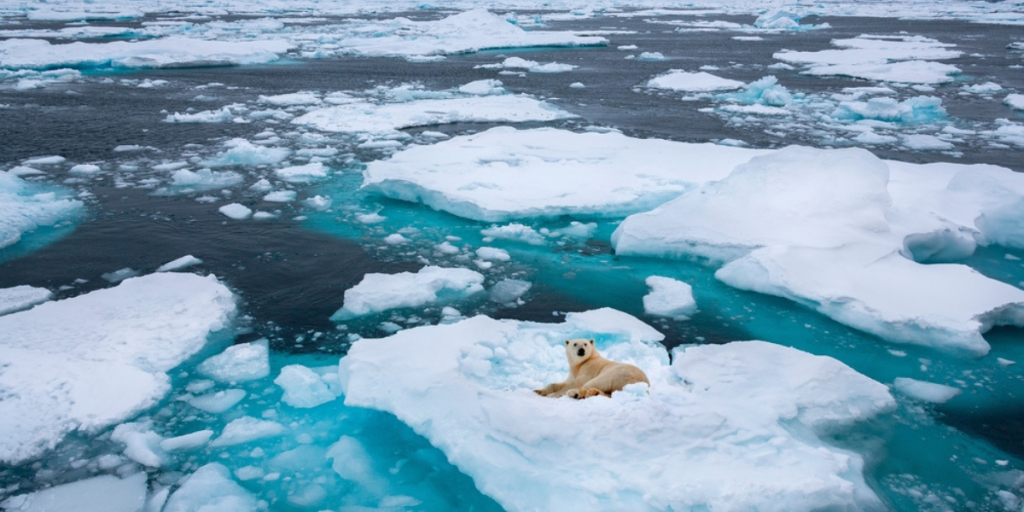
Greenland isn’t just drifting — it’s also rising and reshaping. Geophysicist Danjal Longfors Berg from DTU explained to ScienceAlert that melting ice has caused the land to rise and stretch outward,
This has led to subtle yet measurable expansion. At the same time, parts of Greenland are shrinking due to longer-term geological forces dating back to the end of the last Ice Age, reports WP Tech.
Ancient ice still affects today’s movement
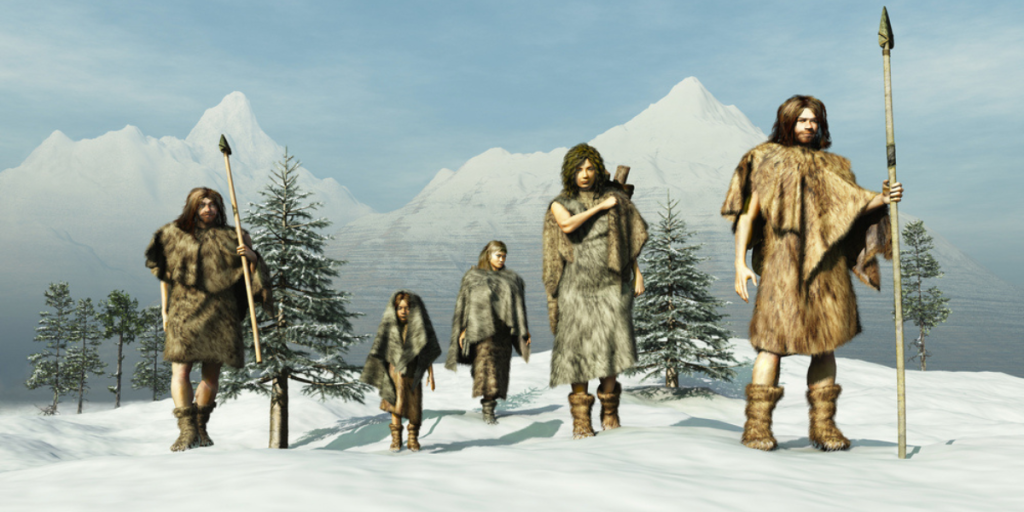
The researchers combined current GPS data with historical modeling and data from thousands of other GPS stations in North America.
As ScienceAlert reports, some of Greenland’s motion is still influenced by glacial movements from over 26,000 years ago. These prehistoric ice shifts are creating a slow rebound effect in the Earth’s crust — a reminder of how long ice age legacies can last reports WPtech.
Navigation and climate science could feel the impact

The deformation of Greenland isn’t just a scientific curiosity — it could have practical effects. According to ScienceAlert, this shift may affect navigation systems and mapping accuracy in the Arctic,
Also read
These subtle shifts in land position must now be factored into future geolocation technologies.
A moving island in a warming world
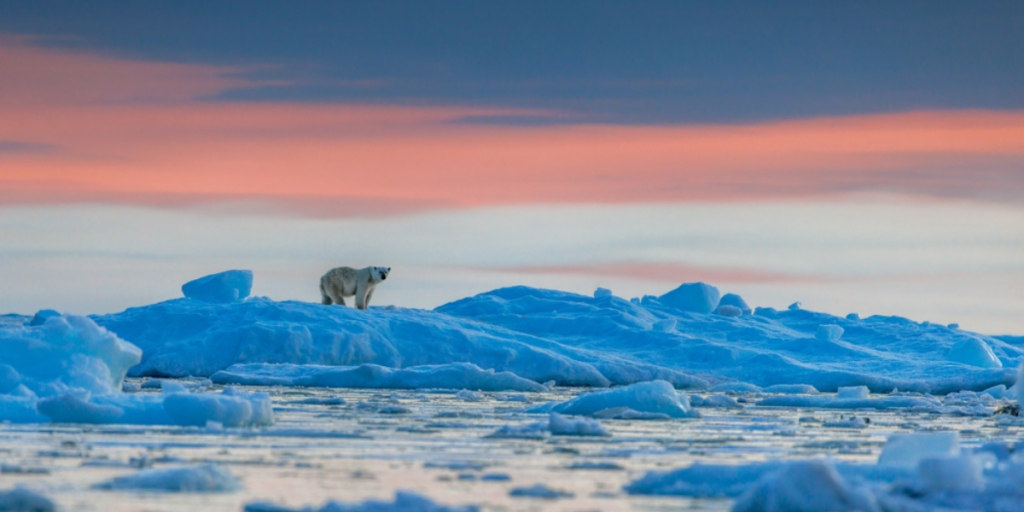
Greenland’s slow but steady movement highlights just how dynamic our planet really is. Between modern ice melt and ancient geological shifts, the ground beneath our feet — or in this case, beneath glaciers — is constantly in motion.
As Arctic ice continues to disappear, understanding these changes will be key to navigating both climate impacts and the future of polar science.


